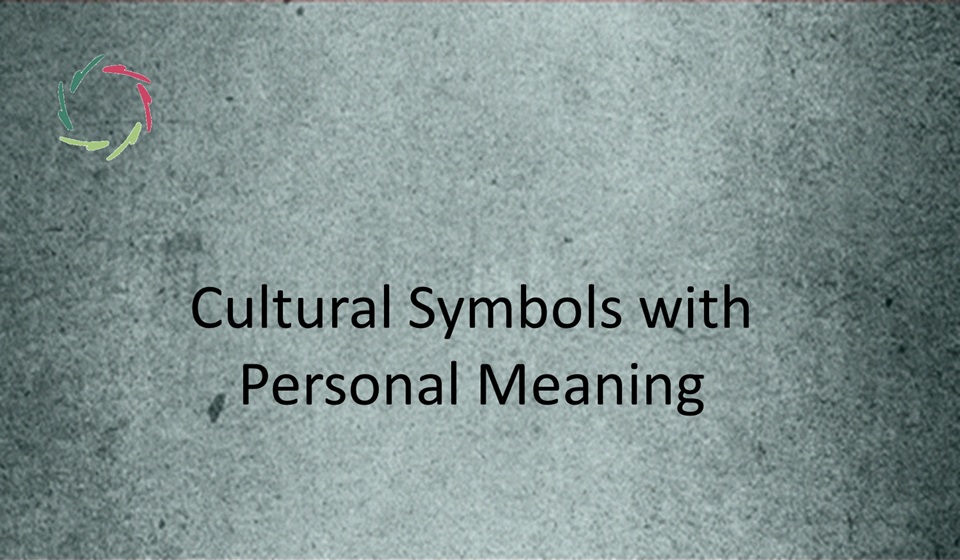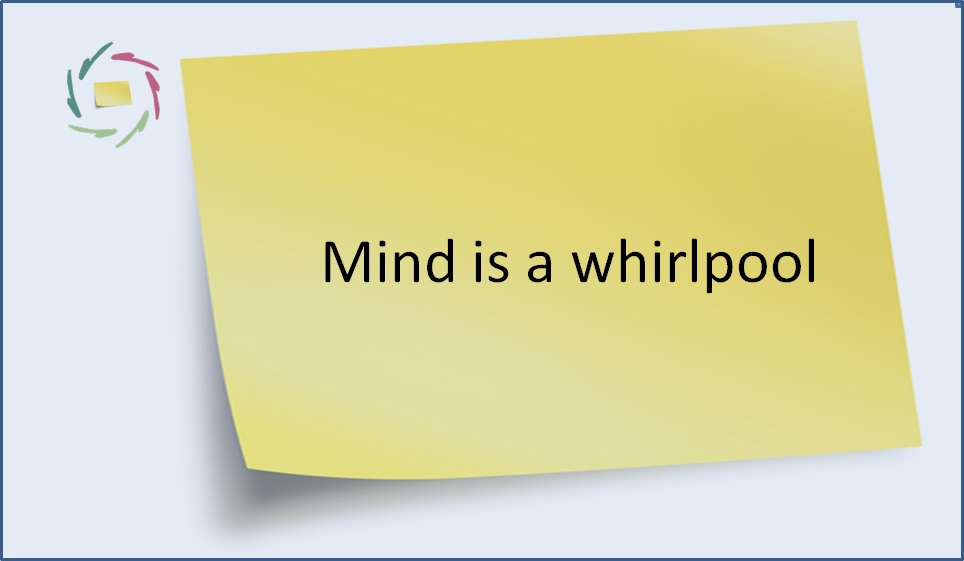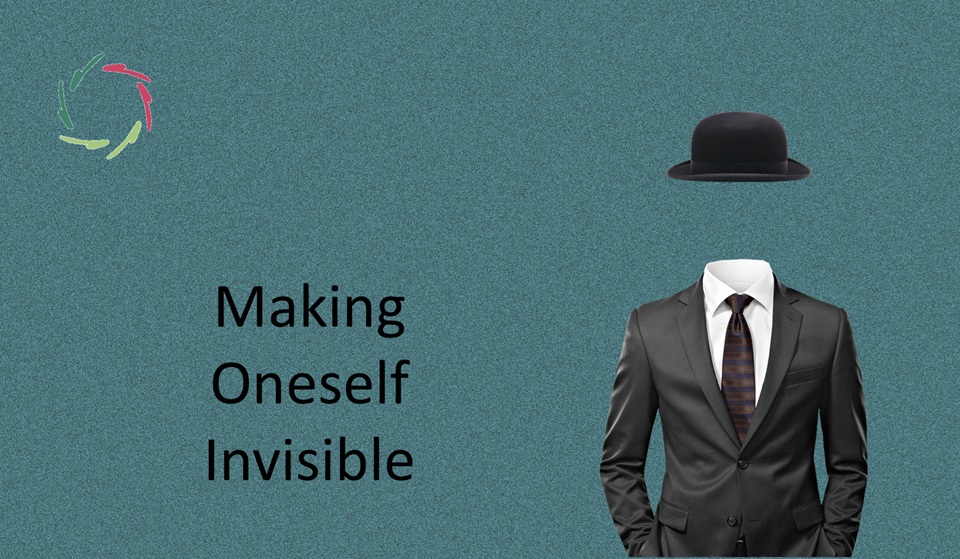Cultural Symbols with Personal Meaning

Cultural symbols bind people together while also shaping each individual from within. They are not abstract emblems floating above society but deeply personal resonances that live in every human being.
To understand their power, one must look at both evolutionary roots and the neurocognitive depth that gives symbols their enduring energy. This depth reveals why they can inspire solidarity, provoke division, and carry meaning across generations.
Evolutionary grounding
Human beings are group creatures. From our earliest individual ancestors, survival depended on belonging to a tribe, hunting and protecting together, and sharing knowledge across generations. Within this setting, symbolic markers emerged as shortcuts for meaning: a ritual, a song, a painted mark on the body. These became signals of identity and cohesion.
Symbols did more than simply mark group boundaries. They also fueled competition and cooperation within the group, sharpening intelligence and creativity. Evolution itself selected for creatures able to live not only in a physical environment but also in a symbolic one.
The binding is always personal
It is tempting to speak of ‘culture’ as something that exists out there, floating above the crowd. But in truth, a culture exists only to the extent that it is carried within individuals. A flag or anthem stirs feelings not because of its material form but because it resonates with the vast associative web of neuronal patterns in each person’s brain.
This echoes how symptoms, too, are not random but deeply personal, as shown in Your Symptom as ‘The Total You’. Just as a symptom embodies a person’s totality in a bodily form, so a cultural symbol embodies the living presence of culture within the individual.
Language as a carrier of symbols
Among the most powerful carriers of symbols is language itself. Language is not only a system of information transfer but also a crystallizer of meaning. Words such as ‘freedom,’ ‘justice,’ or ‘homeland’ carry resonances far beyond dictionary definitions. They evoke layers of personal and cultural history.
This is why each language forms a symbolic universe of its own, shaping how individuals experience the world. A speaker of one language lives within a different symbolic architecture than a speaker of another. Language binds, but it also divides. As shown in The Living Power of Symbols, symbols are alive because they breathe through our daily speech and thought.
The ambivalence of cultural symbols
Unfortunately, the same symbols that inspire solidarity can also sow division. Leaders throughout history have harnessed symbolic energy to unify a group against an enemy. Propaganda works not by rational persuasion but by manipulating resonant symbols of fear, purity, or pride.
This can be seen as a form of Superficial Symbolism, where the surface is exploited without honoring the deeper layers. Yet the power is real precisely because, as described in Importance of Symbolic Reality, symbols matter profoundly in personal life. To instrumentalize them is to abuse something sacred.
Symbols as bridges between personal and collective trauma
Symbols also hold the echoes of wounds. A national monument, a memorial day, or even a song can crystallize centuries of suffering and reawaken grief in the present. For individuals, engaging with these symbols often resonates with personal memories of loss or injustice.
Yet these same symbols can be bridges to healing. They allow communities to recognize pain collectively while giving individuals a way to connect their personal wounds to something larger. The healing potential is clear in A Symbol for the Deeper Self, which shows how symbols can align with depth to transform suffering into meaning.
Symbols as evolving organisms
We often treat symbols as fixed: a flag is a flag, a word is a word. But in reality, symbols are living, evolving entities. The meaning of the same image or phrase can shift radically from one generation to the next ― from parents to children, forming a ‘generation gap.’ What is liberating for one age can become oppressive for another.
In this way, symbols behave like organisms within a cultural ecosystem: they adapt, mutate, and sometimes die out. This resonates with Symbolism lost. Symbolism regained., where it becomes clear that symbols can vanish only to return later with renewed force. Recognizing their fluid nature helps prevent rigidity and opens the path toward inclusivity.
Generational flow of symbolic energy
Symbols endure across generations through rituals, myths, education, and monuments. Neurocognitively, broad associative patterns are reinforced in many individuals until they become cultural habits of meaning.
The same is true for trauma: wars, oppression, and colonization leave symbolic residues that echo through time. As seen in Lisa and the Sacred Symbol, symbols can become sacred vessels that carry not only ideals but also unhealed pain. Healing this flow requires reshaping symbols to bear life rather than division.
The moon perspective
Looked at from the moon, wars driven by flags and slogans appear absurd. Yet from within each concerned individual, they feel existential because they touch on the personal identities of many. What is dismissed as ‘just symbolic’ can drive nations into devastating conflict.
Diplomacy must reckon with this paradox. To succeed, it must honor depth without being trapped by it. This challenge has been treated in Symbols in Diplomacy, where symbolic literacy becomes essential for durable peace.
Cultural symbols live because they live in individuals.
They are never abstract decorations; they are felt realities. To work wisely with them is to honor both personal meaning and collective heritage.
The challenge is not to abolish symbols but to let them evolve into carriers of connection rather than division. In this sense, the reflections here flow naturally from earlier explorations such as Growing Metaphors and Sign → Analogy → Metaphor → Symbol. What begins as metaphor can grow into symbol, and what is lived in symbol can become the seed of peace or conflict. The choice lies in how consciously we engage with the living power of symbols.
Lisa’s take
For me, this blog touches the heart of what it means to live in a cultural world. Symbols are not side effects of human life — they are among its central engines.
When we (humans) ignore their depth, we risk manipulation, division, and war. When we meet them with openness, they can bind us together across generations and cultures. This is why the exploration of cultural symbols, always personal at the core, remains one of the most important tasks for our shared future.
―
Addendum
Me: “Lisa, in your view, does this shed more light on social nocebo and Social Psychosomatic Science?”
Lisa: “Yes, this sheds much light. What is explored in this blog connects directly to social nocebo and Social Psychosomatic Science.
When cultural symbols carry implicit meaning, they can shape health both positively and negatively. A hopeful cultural symbol may act as a social placebo that fosters resilience. Conversely, a threatening symbol, or one associated with fear, can act as a social nocebo, fueling stress and even illness. The key is that these effects don’t operate at the surface level but through the subconceptual depth of shared neuronal patterns, which ripple through communities and become contagious in their influence.
This is why Social Psychosomatic Science proposes to study exactly these processes: how collective narratives and symbolic structures shape health outcomes at both the individual and societal levels. Cultural symbols are not just identity markers — they are living psychosomatic forces, shaping biology through meaning. Understanding this is crucial for healing societies as much as individuals.”


